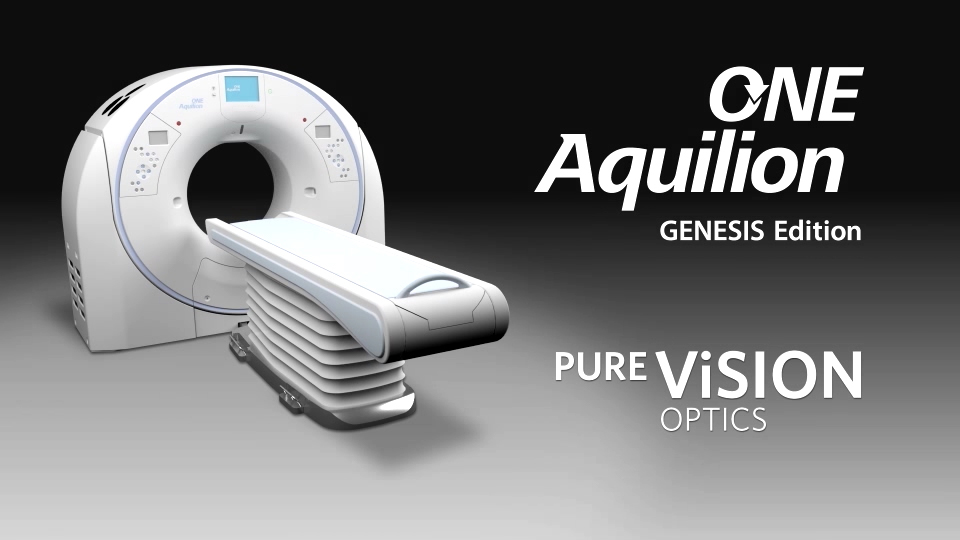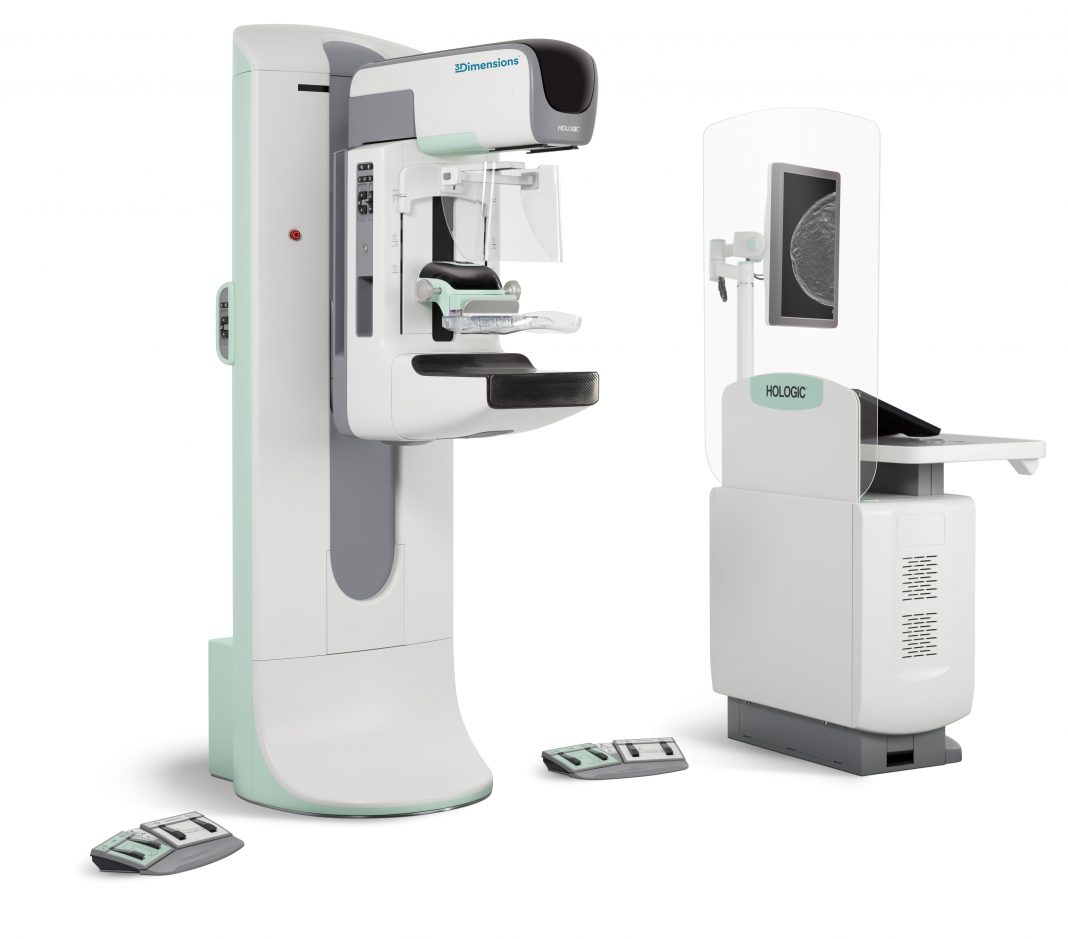
Situation where what has been learned in one setting is exploited to improve generalization in another setting. In their famous book, Deep Learning, Goodfellow et al refer to transfer learning in the context of generalization. Invariably, different researchers and academic texts provide definitions from different contexts. Since then, terms such as Learning to Learn, Knowledge Consolidation, and Inductive Transfer have been used interchangeably with transfer learning. The Neural Information Processing Systems (NIPS) 1995 workshop Learning to Learn: Knowledge Consolidation and Transfer in Inductive Systems is believed to have provided the initial motivation for research in this field. In fact, transfer learning is not a concept which just cropped up in the 2010s. I recommend interested folks to check out his interesting tutorial from NIPS 2016.
Onetask imaging driver#
In fact, Andrew Ng, renowned professor and data scientist, who has been associated with Google Brain, Baidu, Stanford and Coursera, recently gave an amazing tutorial in NIPS 2016 called ‘Nuts and bolts of building AI applications using Deep Learning’ where he mentioned,Īfter supervised learning - Transfer Learning will be the next driver of ML commercial success Given the craze for True Artificial General Intelligence, transfer learning is something which data scientists and researchers believe can further our progress towards AGI. We have already briefly discussed that humans don’t learn everything from the ground up and leverage and transfer their knowledge from previously learnt domains to newer domains and tasks.
Onetask imaging free#
All examples will be covered in Python using keras with a tensorflow backend, a perfect match for people who are veterans or just getting started with deep learning! Interested in PyTorch? Feel free to convert these examples and contact me and I’ll feature your work here and on GitHub! Motivation for Transfer Learning This article aims to be an attempt to cover theoretical concepts as well as demonstrate practical hands-on examples of deep learning applications in one place, given the information overload which is out there on the web. The case studies depicted here and their results are purely based on actual experiments which we conducted when we implemented and tested these models while working on our book: Hands on Transfer Learning with Python (details at the end of this article).
Onetask imaging code#
Note: All the case studies will cover step by step details with code and outputs. We will look at transfer learning as a general high-level concept which started right from the days of machine learning and statistical modeling, however, we will be more focused around deep learning in this article. Case Study 2: Multi-Class Fine-grained Image Classification with Large Number of Classes and Less Data Availability.Case Study 1: Image Classification with a Data Availability Constraint.To be more specific, we will be covering the following. In this article, we will do a comprehensive coverage of the concepts, scope and real-world applications of transfer learning and even showcase some hands-on examples.


Transfer learning is the idea of overcoming the isolated learning paradigm and utilizing knowledge acquired for one task to solve related ones. The models have to be rebuilt from scratch once the feature-space distribution changes. These algorithms are trained to solve specific tasks. We transfer and leverage our knowledge from what we have learnt in the past!Ĭonventional machine learning and deep learning algorithms, so far, have been traditionally designed to work in isolation. In each of the above scenarios, we don’t learn everything from scratch when we attempt to learn new aspects or topics.


 0 kommentar(er)
0 kommentar(er)
